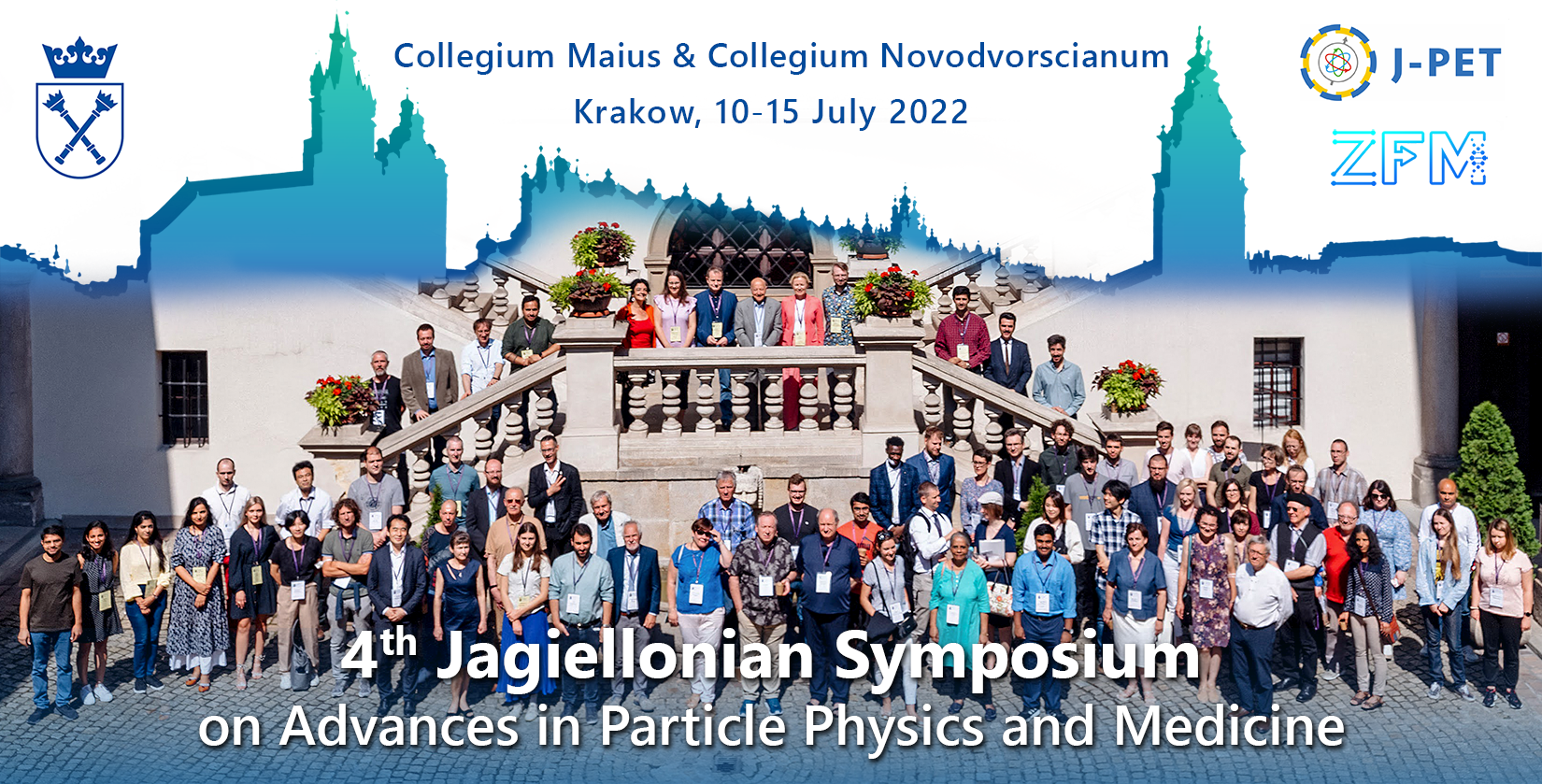Speaker
Description
Background
Radiotherapeutic treatment performed in cerebrospinal axis becomes more common in oncological practice. Central nervous system (CNS) malignant tumors are diagnosed in 1-2% of all adult patients. Most cases are regarding brain tumors in which a combined treatment is a standard of care: surgical resection, radiotherapy (RT) and chemotherapy (CHT).
In clinical practice, the most frequent techniques in external beam RT are related to dynamic techniques based on a standard medical accelerator. The treatment is prepared in fractionation scheme 1.8-2.0 Gy / fraction in 25-30 fractions.
Recently, tomotherapy is used to irradiate long and symmetrical types of structures, however published clinical results are sparse. Proton beam irradiation (PBI) is another treatment mode although less available in most countries.
The aim of this study is to compare dose distributions in treatment plans for the cerebrospinal axis irradiation using photon and proton techniques.
Material and methods
The aim of the study is to compare dose distributions in treatment plans for the cerebrospinal axis irradiation. Photon and proton techniques were used to prepare RT plans. To create a photon tomotherapy plan in helical technique implemented on the Radixact apparatus, a treatment planning system (TPS) Precision, Accuray, was used. In case of proton RT planning, TPS Eclipse (Varian) was used in scanning beam mode.
In this study, six treatment cases were analyzed. In both mentioned techniques the same tomographic scans and contours of the critical organs (RT Structures) were used for treatment plan preparation. used for Then the comparison of prepared plans was performed on RayStation, RaySearch Laboratories software.
Dose distributions in the target and critical organs were analyzed in terms of uniformity, maximum, average, minimum dose for target and integral dose. The high dose gradient areas that represent the resilience of treatment plans to uncertainties related to patient positioning and organ mobility were also investigated. The technique of proton radiotherapy requires joining the fields. Field joints were subjected to deep analysis. Duration of treatment was also compared.
Results and conclusions
The dose distributions obtained in proton plans are much more favorable in terms of the protection of critical organs and the integral dose reduction, which is very important in case of pediatric patients reducing the risk of secondary cancer induction. On the other hand, the treatment plans prepared for the photon helical technique are characterized by a greater dose distribution homogeneity in the areas where fields needed to be joined in proton techniques. Those photon plans were proved to be less sensitive to errors resulting from the geometry of the patient's position. For both techniques similar irradiation times were obtained. Each technique has its own benefits and depending on availability might be applied in the treatment of adult CNS malignant tumors.

